What are the physiological consequences of heat stress on sows?
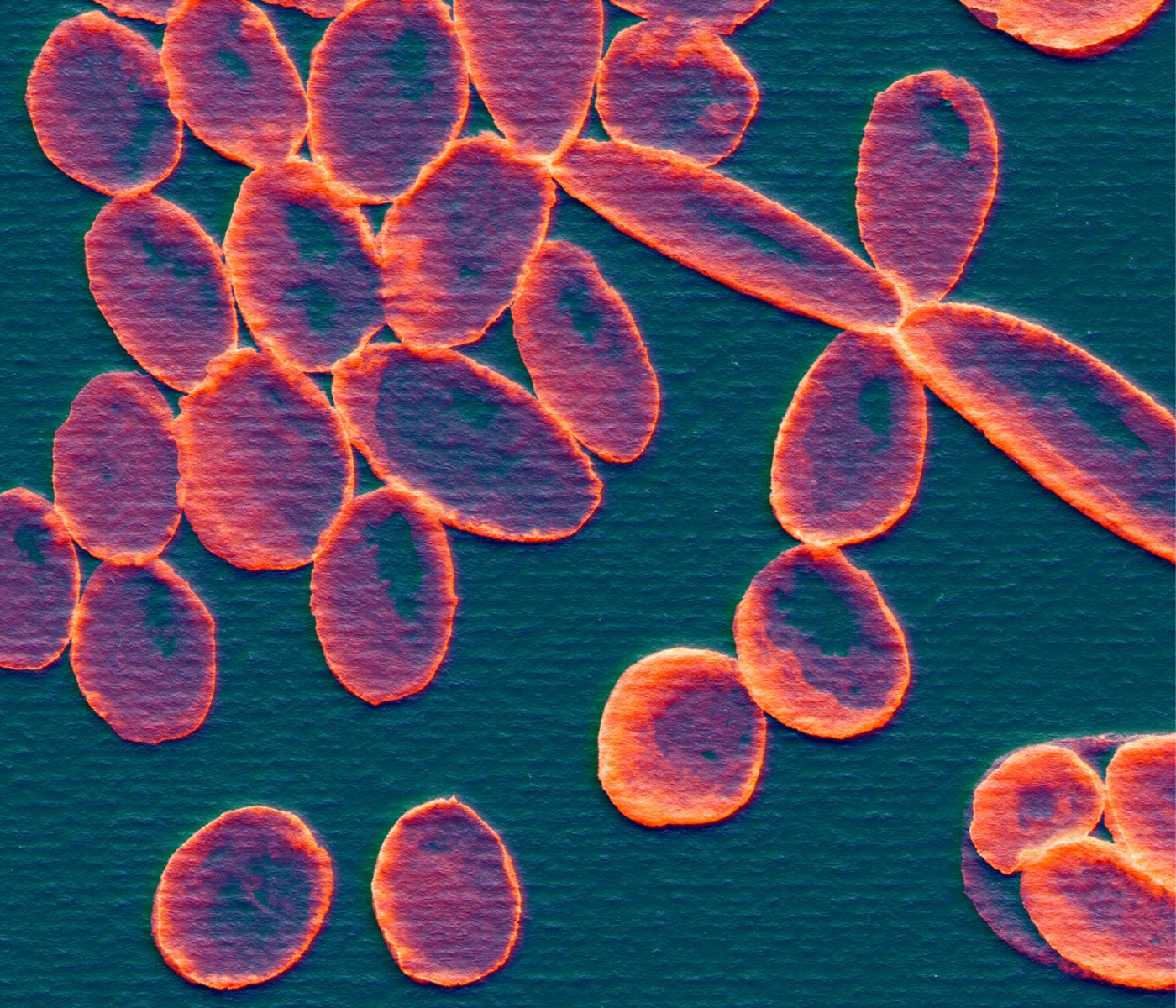 28 Apr 2025
28 Apr 2025
Benefits of Saccharomyces cerevisiae var. boulardii on Sow Body Condition and Reproductive Performance During Heat Stress Periods
![]() When temperatures rise, sows struggle to regulate their body temperature, which diverts energy away from maintaining body condition and milk production. This issue is exacerbated by a decrease in feed intake during hot weather. These factors lead to rapid loss of body condition and weight, which can affect litter growth and subsequent reproductive performance.
When temperatures rise, sows struggle to regulate their body temperature, which diverts energy away from maintaining body condition and milk production. This issue is exacerbated by a decrease in feed intake during hot weather. These factors lead to rapid loss of body condition and weight, which can affect litter growth and subsequent reproductive performance.
What are the physiological consequences of heat stress on sows?![]() We unveil the results of a recent field study highlighting the significant benefits of Saccharomyces cerevisiae var. boulardii CNCM I-1079 (LEVUCELL SB) when included in a specific nutritional solution for sow body condition during and after heat stress. This field study, conducted on a commercial farm in the Netherlands, provides compelling evidence of the positive effects of LEVUCELL SB on sow performance and its carryover effects on subsequent litter performance during heat stress periods.
We unveil the results of a recent field study highlighting the significant benefits of Saccharomyces cerevisiae var. boulardii CNCM I-1079 (LEVUCELL SB) when included in a specific nutritional solution for sow body condition during and after heat stress. This field study, conducted on a commercial farm in the Netherlands, provides compelling evidence of the positive effects of LEVUCELL SB on sow performance and its carryover effects on subsequent litter performance during heat stress periods.
 Under heat stress conditions, sows tend to limit any metabolic processes that generate heat, such as physical activities and eating. Through multiple mechanisms (Figure 1), decreased appetite and feed intake due to heat stress generally lead to reduced milk production, poorer body condition, and overall lower litter performance in sows. This cascade of effects ultimately impacts both the sows’ health and the growth of their litters.
Under heat stress conditions, sows tend to limit any metabolic processes that generate heat, such as physical activities and eating. Through multiple mechanisms (Figure 1), decreased appetite and feed intake due to heat stress generally lead to reduced milk production, poorer body condition, and overall lower litter performance in sows. This cascade of effects ultimately impacts both the sows’ health and the growth of their litters.

Figure 1 – Physiological consequences of heat stress on sows.
Did you know?
Sows’ comfort zone: 15/20°C
Why is it important to manage the body condition of sows well during heat stress?
Ensuring proper sow body condition has important implications:
![]() Sows with insufficient energy intake will mobilize body stores from fat and muscle to sustain milk production, which can result in excessive weight loss and reduced milk output (De Bettio et al, 2016).
Sows with insufficient energy intake will mobilize body stores from fat and muscle to sustain milk production, which can result in excessive weight loss and reduced milk output (De Bettio et al, 2016).
![]() Adequate body condition ensures that sows have sufficient energy reserves to produce high-quality milk, which is essential for the growth and general health of piglets. Better milk production leads to heavier piglets at weaning and improved subsequent litter performance.
Adequate body condition ensures that sows have sufficient energy reserves to produce high-quality milk, which is essential for the growth and general health of piglets. Better milk production leads to heavier piglets at weaning and improved subsequent litter performance.
Did you know?
The energy requirements for lactating sows are primarily driven by milk production, which can account for 65% to 80% of their total energy needs
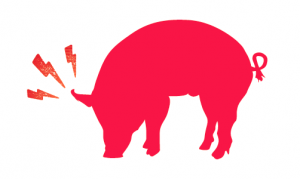
How can LEVUCELL SB help in this context?
 A recent field study was conducted on 199 sows divided into two groups: a control group and a treatment group. The treated group received a specific nutritional solution including LEVUCELL SB TITAN at 200g/ton of feed and enzymes, supplemented from five days prior to farrowing until weaning.
A recent field study was conducted on 199 sows divided into two groups: a control group and a treatment group. The treated group received a specific nutritional solution including LEVUCELL SB TITAN at 200g/ton of feed and enzymes, supplemented from five days prior to farrowing until weaning.
Colostrum Quality
![]() The field study revealed that sows in the treated group had better colostrum quality
The field study revealed that sows in the treated group had better colostrum quality 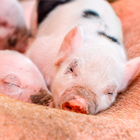 compared to the control group. Brix measurements indicated that 85% of sows in the treated group presented good and very good colostrum samples, compared to only 44% in the control group. This improvement in colostrum quality is crucial for the health and growth of piglets.
compared to the control group. Brix measurements indicated that 85% of sows in the treated group presented good and very good colostrum samples, compared to only 44% in the control group. This improvement in colostrum quality is crucial for the health and growth of piglets.
Sow Body Condition
![]() Sows in the treated group experienced 33% less weight loss, 17% less fat loss, and 23% less loin loss (Figure 2) compared to the control group. Despite similar feed intake (restricted sows) between both groups, treated sows maintained better body condition, suggesting more efficient utilization of body reserves and feed resources.
Sows in the treated group experienced 33% less weight loss, 17% less fat loss, and 23% less loin loss (Figure 2) compared to the control group. Despite similar feed intake (restricted sows) between both groups, treated sows maintained better body condition, suggesting more efficient utilization of body reserves and feed resources.

Figure 2 – Trial results – Body reserves mobilization in the control and treated groups. Commercial farm, The Netherlands.
Carryover Benefits On Subsequent Litter Performance
![]() By maintaining better sow body condition, the treated sows had a carryover of benefits on litter performance during the following cycle, with an increase of 1.16 piglets born alive per litter. (Figure 3).
By maintaining better sow body condition, the treated sows had a carryover of benefits on litter performance during the following cycle, with an increase of 1.16 piglets born alive per litter. (Figure 3).

Figure 3 – Trial results – Litter performance during cycle 1 and cycle 2 in the control and treated groups. Commercial farm, The Netherlands.Reduced Removed Sows
Thanks to the maintenance of better sow body condition and the improvement in litter performance, fewer sows were removed and were therefore kept for longer (Figure 4).

Figure 4 – Trial results – Removed sows per parity in the control and treated groups. Commercial farm, The Netherlands
Did you know?
The economic breakeven point for sows is not reached until they have reached the third farrowing cycle.
Energy Utilization and Efficiency
![]() The field study hypothesized that the maintained body condition and performance of treated sows could be due to better fiber valorization and reduced inflammation, previously documented and known benefits of the use of LEVUCELL SB. In this field study, sows fed the test feed exported more energy into milk production, while mobilizing less energy from fat and loin deposition. This efficient energy utilization resulted in improved litter performance during the subsequent cycle.
The field study hypothesized that the maintained body condition and performance of treated sows could be due to better fiber valorization and reduced inflammation, previously documented and known benefits of the use of LEVUCELL SB. In this field study, sows fed the test feed exported more energy into milk production, while mobilizing less energy from fat and loin deposition. This efficient energy utilization resulted in improved litter performance during the subsequent cycle.
Economic Benefits
Applying the field study results to a 500-sow farm, the expected benefits during a heat stress period include:
|
|
The total estimated benefit amounts to €15,500, demonstrating the significant economic advantages of incorporating LEVUCELL SB included in a specific nutritional solution into sow diets during heat stress periods.
Conclusion
The results of this field study underscore the contribution of LEVUCELL SB included in a specific nutritional solution in maintaining sow body condition, colostrum quality, and subsequent litter performance during heat stress.
For more information, visit www.lallemandanimalnutrition.com.
Subscribe now to the technical magazine of animal nutrition
AUTHORS
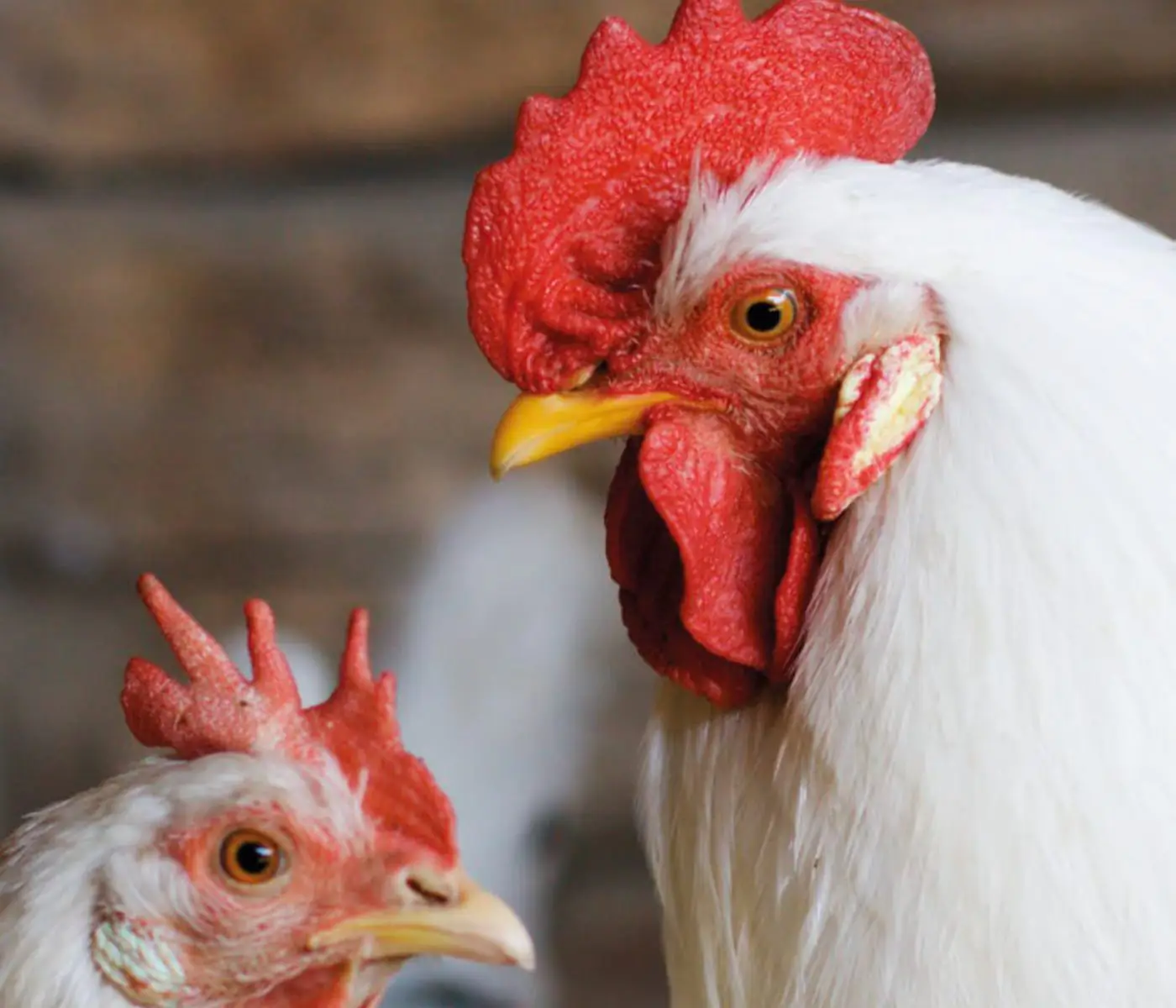
Nutritional Interventions to Improve Fertility in Male Broiler Breeders
Edgar Oviedo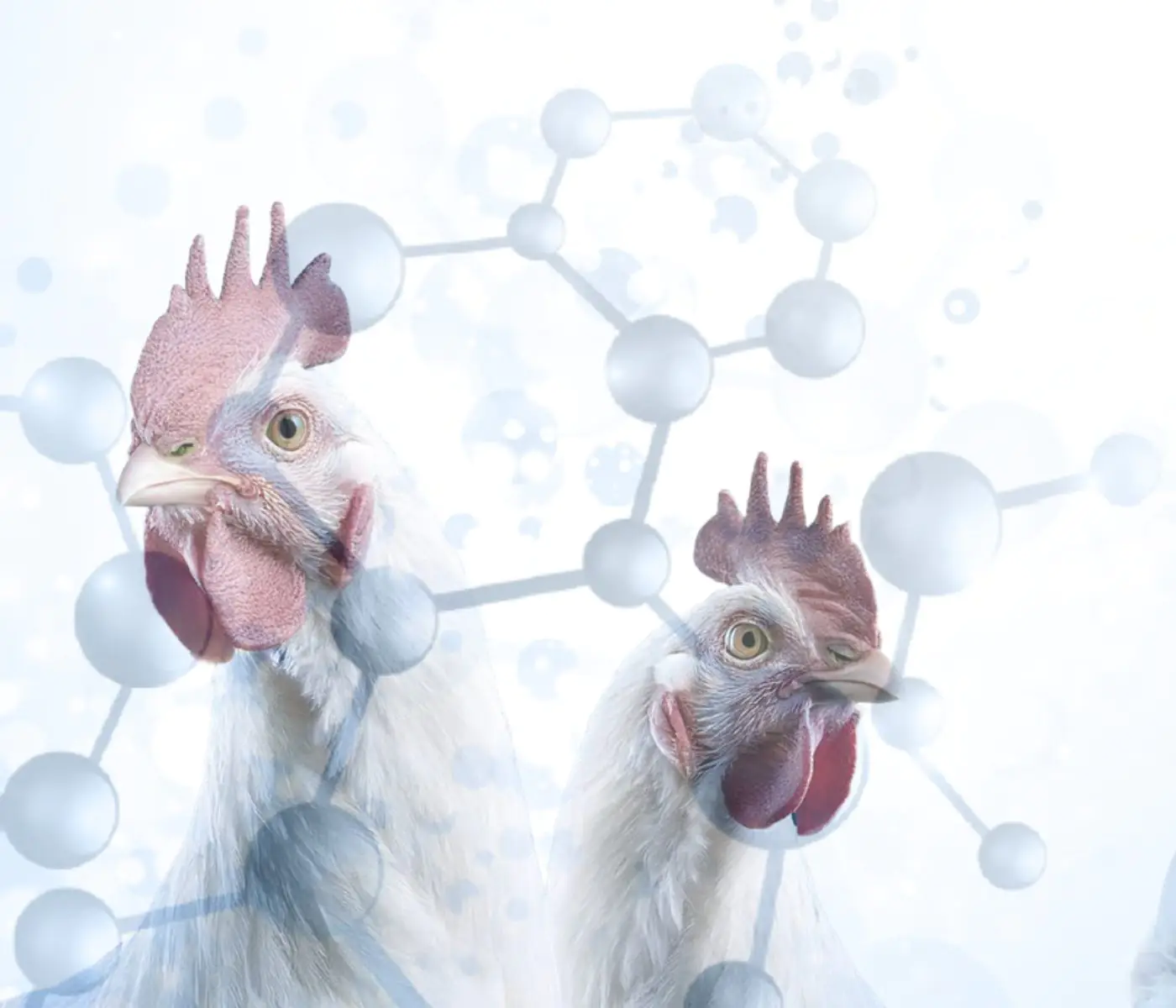
The Use of Organic Acids in Poultry: A Natural Path to Health and Productivity
M. Naeem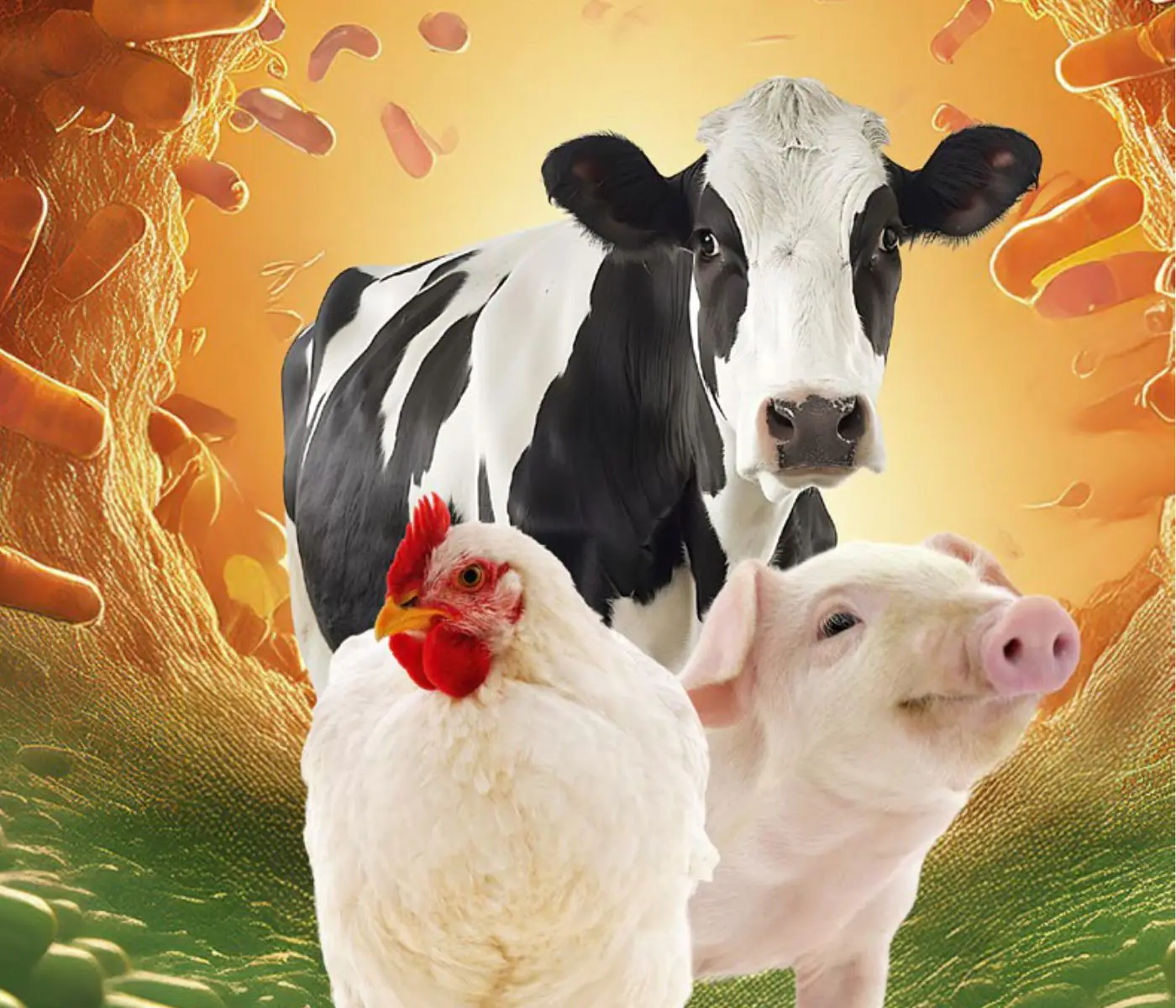
Synergistic Benefits of Prebiotics and Probiotics in Poultry, Swine, and Cattle
Gustavo Adolfo Quintana-Ospina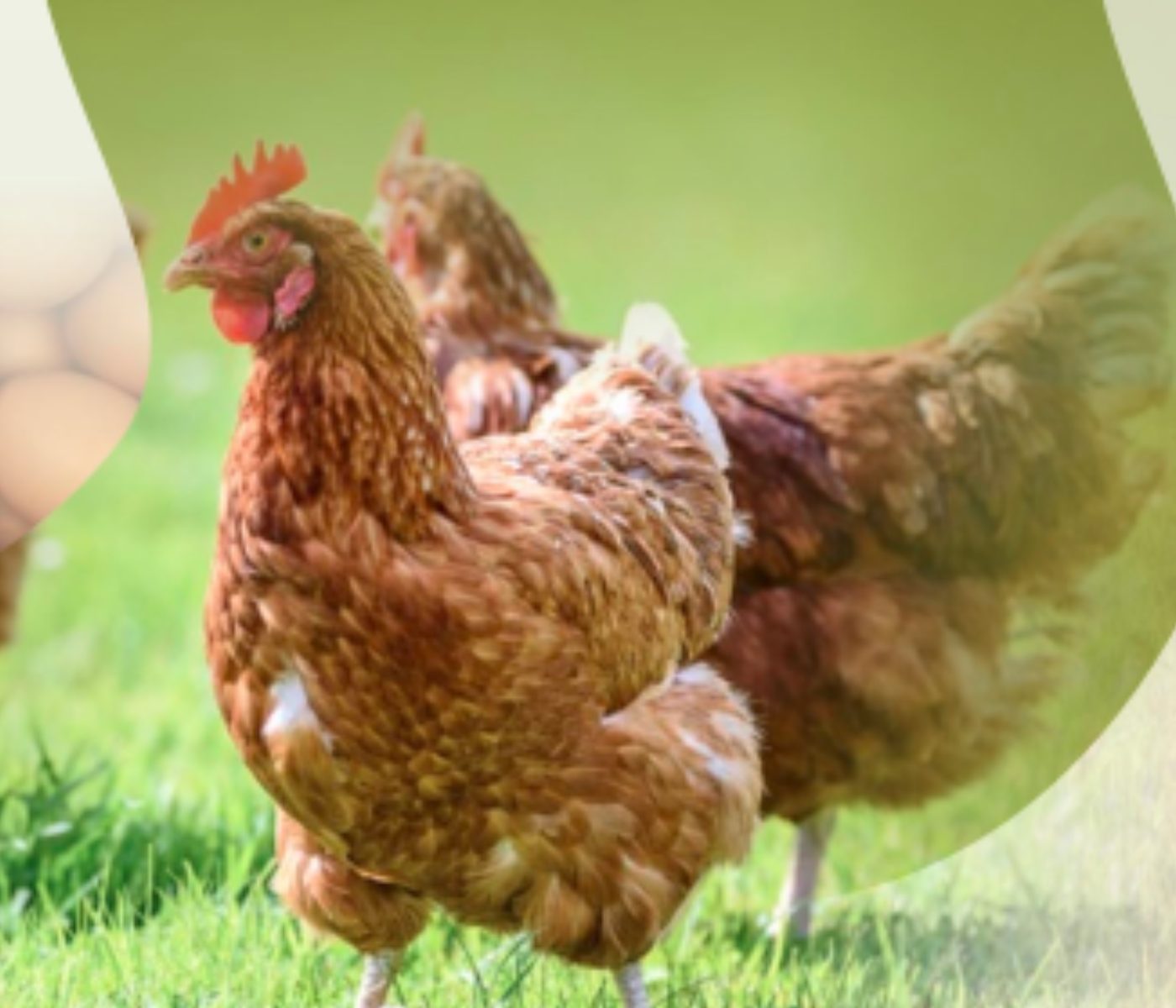
Hybrid Rye Potential in Laying Hen Feed Rations
Gwendolyn Jones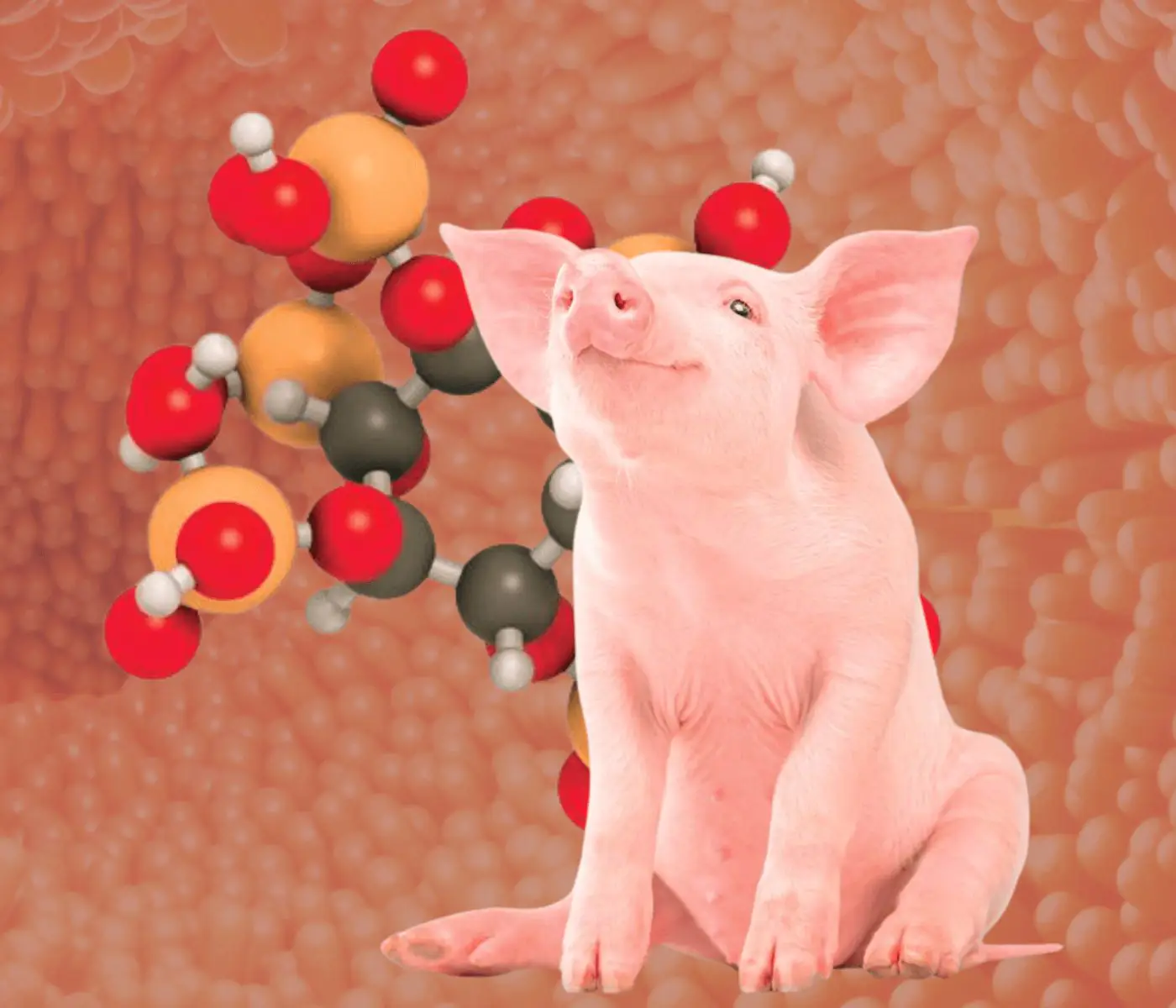
A day in the life of phosphorus in pigs: Part I
Rafael Duran Giménez-Rico
Use of enzymes in diets for ruminants
Braulio de la Calle Campos
Minerals and Hoof Health in the Pregnant Sow
Juan Gabriel Espino
Impact of Oxidized Fats on Swine Reproduction and Offspring
Maria Alejandra Perez Alvarado